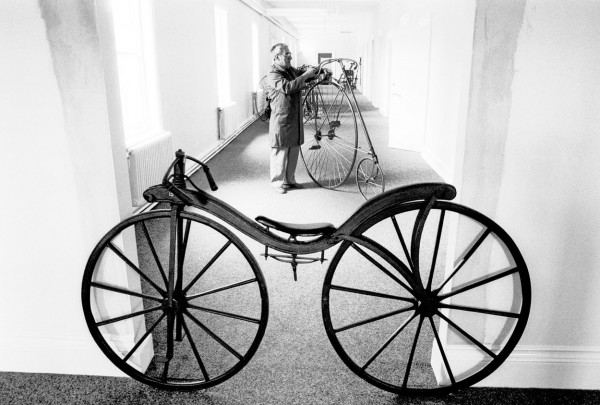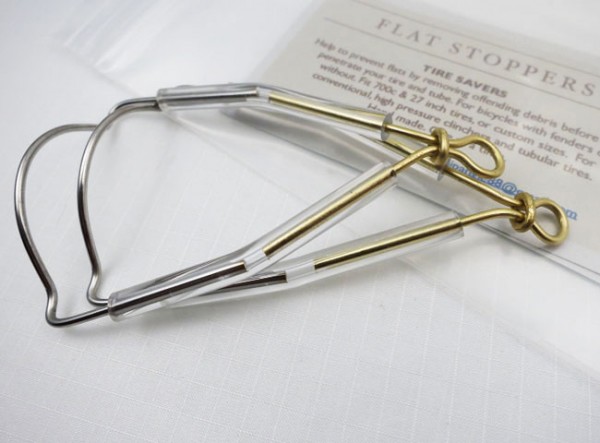One of the best ways to ruin a good bicycle trip is to have a flat. You have to stop, all your buddies have to stop too and usually they stand around discussing your ability to change a tube quickly. They’re rarely complimentary. We bet you’d better haven’t gone flat.
Prehistory
In the first years of bicycle development the wheels were made of wood and iron. It was literarily impossible to get flat with the draisine from the beginning of the 19th century when there were no tires at all. Not only that. On the modern bicycle’s forerunner there was also no crankset, no chain and no pedals so you had to run pretty fast to keep it moving and the boneshaker has beaten a soul out of you before you got somewhere.

Photo: Profimedia.cz
Wipers
Supple tires with relatively thin tread greatly contributed to the joys of cycling. They rolled much faster and were more comfortable. However, they also tend to be more prone to punctures. What if one could have everything: the speed and comfort of supple tires, but without worrying about punctures? That was the promise of tire wipers.

Photo: Compass Bicycles
The tire wiper’s thin wire rubbed lightly on the tire, brushing off any debris the tires pick up before sharp objects gets hammered through the tread and puncture the tube. In the days when professional racers had to change their own tires rather than receive a new wheel from a support car, their bikes were equipped with those useful helpers. Tire wipers used to be an excellent invention of its time but they died out with the dinosaurs and you could hardly find any existing.
Old school trick
Some cyclists have had success in preventing flats by lining their tires with a second layer of rubber taken from an old pair of bike tires. You won’t see the racers on the doing this as it add a few grams of weight overall, but most of the tourist cyclist have never cared. What you need is an old pair of skinny tires from a road bike. Cut off the sides of the tire and use the rest as liners for your real set of tires. Just tuck them in between your tire and tube and inflate as normal.

Slime goo
Another approach to preventing punctures in bicycle is the use of Slime, a proprietary brand of injectable liquid thick chemical goo. This chemical “goo” has a tendency to stick to, and coat the outer wall of the inner tube or tire, thus adding another layer of flexible rubber-type protection on the inside of the inner tube or tire.
This solution really works although it adds some more weight to your bike. If you prefer a trip without puncture to speed, this is a good choice. Except Slime there are other brands of this same type of liquid, either in an unpressurised container or pressurised container with inflatable gas which is sold in the most of bicycle stores.
Latest inventions
On the recent Taipei International Cycle Show we found some exhibitors displaying new solutions. Instead of vulnerable rubber tube they prefer another materials, mostly a solid piece of plastic which is placed between rim and tire. The producers promise a bunch of advantages. Their “zero-punc” material is resistant to all kinds of sharp objects.

Photo: WeLoveCycling.com
It should be comfortable to ride on because it’s made of material absorbing shocks. And best of all, because there’s no air inside, you don’t need to wear an air pump! As soon as possible, we’re going to test it and write a review for you.




